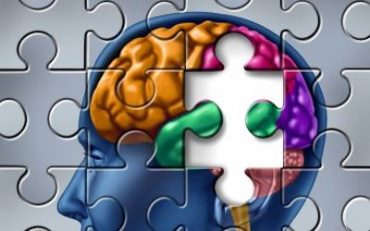
These are the key platforms that enable enterprise decision-makers and decision-making systems to “feel” and “sense” what is taking place around them.
How do you launch and sustain a real-time enterprise? There are many technology solutions in the market, but it’s often difficult to know where to invest corporate funds to achieve the maximum return. At the same time, business leaders are putting the pressure on their data and technology teams to develop an infrastructure that will move things in the right direction.
Many of the issues data and technology executives face in building such capabilities are explored in a new book by Oliver Ratzesberger and Mohan Sawhney, titled The Sentient Enterprise.
See also: DataOps-experienced data pipeline engineers critical to streaming analytics
“Sentient” means the ability to sense and feel, and right away, that raises the requirement for real-time capabilities – having the systems, sensors, and services in place to have the awareness of what’s happening with customers, with employees, with processes, and with the environment both inside and outside the enterprise.
Real-time data analytics is at the core of such a self-aware enterprise. As observed by Thomas Davenport, the long-time leading voice in the analytics movement, in the book’s foreword, “analytics can move well beyond the artisanal stage. They are a linked set of capabilities making analytics operational, production-based, and shared across the enterprise – a high-volume manufacturing operation for data and analytics-based decisions.”
This suggests “a future – and present in a few companies – in which analytical decisions are produced automatically and embedded into decisions and actions without much human interaction,” Davenport said.
The Key Enterprise Platforms to Adopt
To attain a well-functioning sentient enterprise, Ratzesberger and Sawhney urge the adoption of five key platforms. Much of these platform capabilities are available in the cloud, and are the ingredients to enabling decision-makers and decision-making systems to “feel” and “sense” what is taking place around them:
#1: Agile data platform: This is the technology backbone for analytics capabilities, they state. “Here is where outmoded data warehouse structures and methodologies are shifted to a balanced and decentralized framework,” incorporating technologies such as cloud. “Virtual data marts, sandboxes, data labs and related tools are used at this stage to create the foundational technology for the agility moving forward.”
#2: Behavioral data platform: This platform captures data flowing in from transactions and interactions and helps to connect the dots to develop insights. “Here is where job functions for the data scientist start to emerge,” Ratzesberger and Sawhney note. “Net Promoter Scores and other measures of customer sentiment and behavior get elevated to mission-critical importance to the enterprise.”
#3: Collaborative ideation platform: This is designed to help organizations “keep pace with the data explosion by socializing insights across the community of analytics professionals. With this platform, democratized data, crowdsourced collaboration, incentive-based gamification, and social connections across the enterprise can be leveraged to connect humans and data in a fast, self-service manner that outperforms traditional centralized metadata approaches.” An analogy Ratzesberger and Sawhney provide is that it serves as a “LinkedIn for Analytics,” to help people understand what’s taking place and capabilities available to them across their networks.
#4: Analytical application platform: A way this can be deployed is providing mobile apps – with their simple-to-use-and-digest interfaces – to make analytics available to anyone who needs them, wherever they may be at the moment. “In the process, we move away from static applications and extracting, transforming and loading in favor of self-service apps.”
#5: Autonomous decisioning platform: Here, decisions are made by applications and systems, enabling people to focus on higher-level strategic initiatives. “In this platform, we go beyond predictive technologies and increasingly deploy algorithms, machine learning, and artificial intelligence. This enables examination of all data to detect trends, patterns, and outliers as real-time contexts for human analysts and decision makers about shifts in behaviors.”
Ratzesberger and Sawhney also provide advice on the 7 steps you need to take now on your journey to real-time agility, covered in my previous post.





























